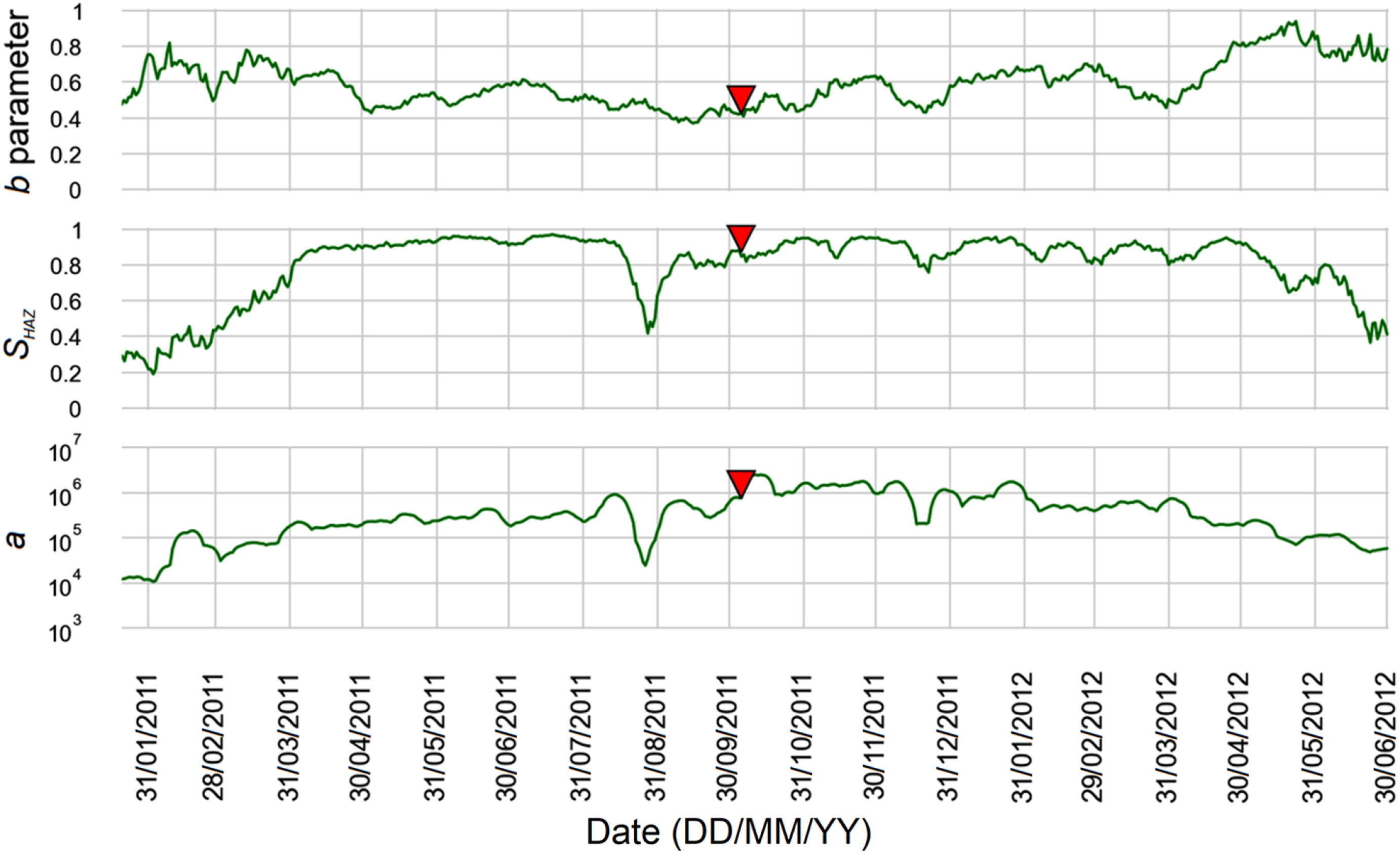JRMGE / Vol 14 / Issue 3
Use of machine learning algorithms to assess the state of rockburst hazard in underground coal mine openings
Łukasz Wojtecki, Sebastian Iwaszenko, Derek B. Apel, Mirosława Bukowska, Janusz Makówka
Show More
a Central Mining Institute, Katowice, 40-166, Poland
b School of Mining and Petroleum Engineering, University of Alberta, Edmonton, T6G 2R3, Canada
2022, 14(3): 703-713. doi:10.1016/j.jrmge.2021.10.011
Received: 2021-05-17 / Revised: 2021-10-03 / Accepted: 2021-10-18 / Available online: 2021-12-27
2022, 14(3): 703-713.
doi:10.1016/j.jrmge.2021.10.011
Received: 2021-05-17
Revised: 2021-10-03
Accepted: 2021-10-18
Available online: 2021-12-27
The risk of rockbursts is one of the main threats in hard coal mines. Compared to other underground mines, the number of factors contributing to the rockburst at underground coal mines is much greater. Factors such as the coal seam tendency to rockbursts, the thickness of the coal seam, and the stress level in the seam have to be considered, but also the entire coal seam–surrounding rock system has to be evaluated when trying to predict the rockbursts. However, in hard coal mines, there are stroke or stress-stroke rockbursts in which the fracture of a thick layer of sandstone plays an essential role in predicting rockbursts. The occurrence of rockbursts in coal mines is complex, and their prediction is even more difficult than in other mines. In recent years, the interest in machine learning algorithms for solving complex nonlinear problems has increased, which also applies to geosciences. This study attempts to use machine learning algorithms, i.e. neural network, decision tree, random forest, gradient boosting, and extreme gradient boosting (XGB), to assess the rockburst hazard of an active hard coal mine in the Upper Silesian Coal Basin. The rock mass bursting tendency index WTG that describes the tendency of the seam–surrounding rock system to rockbursts and the anomaly of the vertical stress component were applied for this purpose. Especially, the decision tree and neural network models were proved to be effective in correctly distinguishing rockbursts from tremors, after which the excavation was not damaged. On average, these models correctly classified about 80% of the rockbursts in the testing datasets.
Keywords: Hard coal mining, Rockburst hazard, Machine learning algorithms

